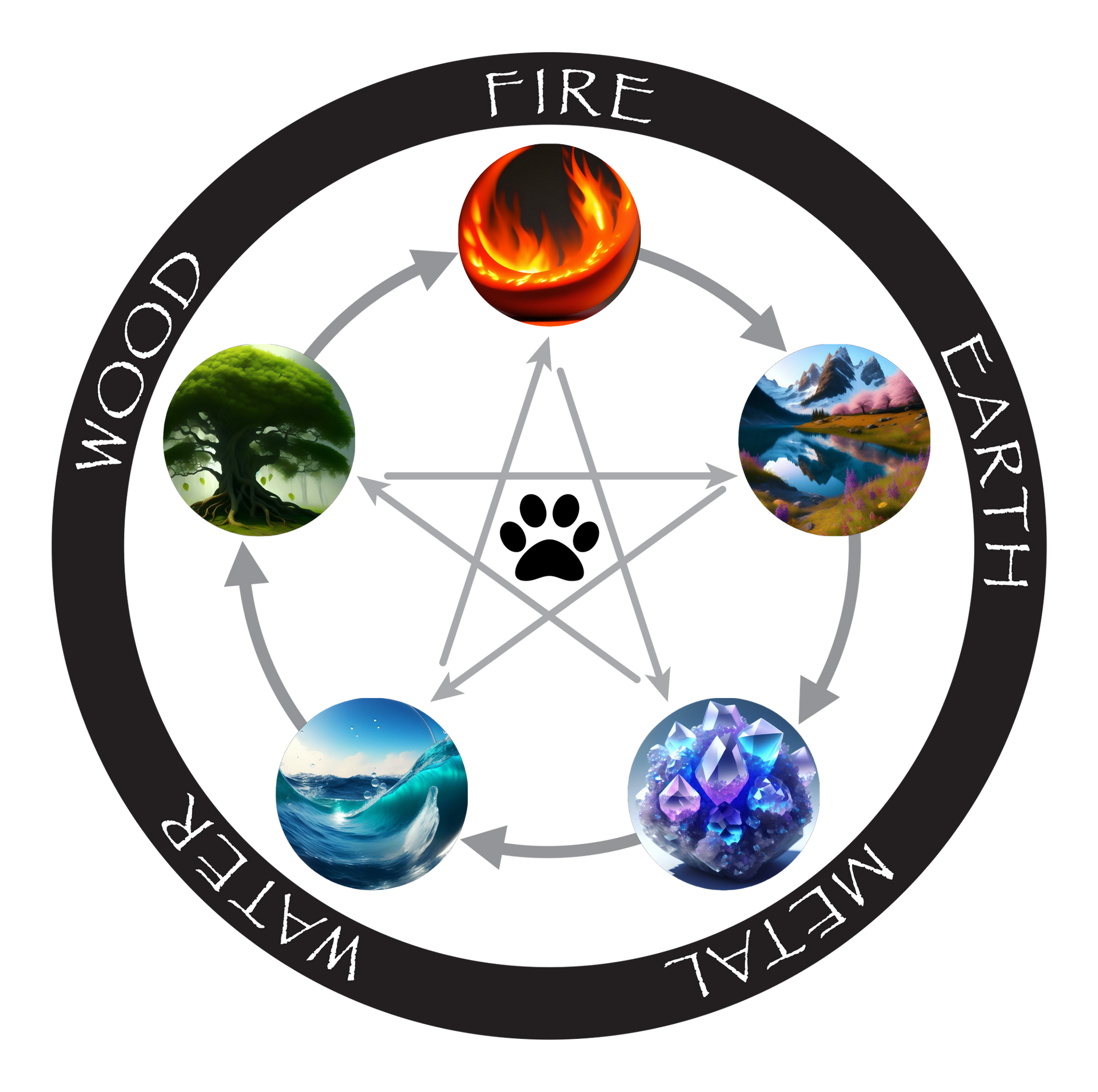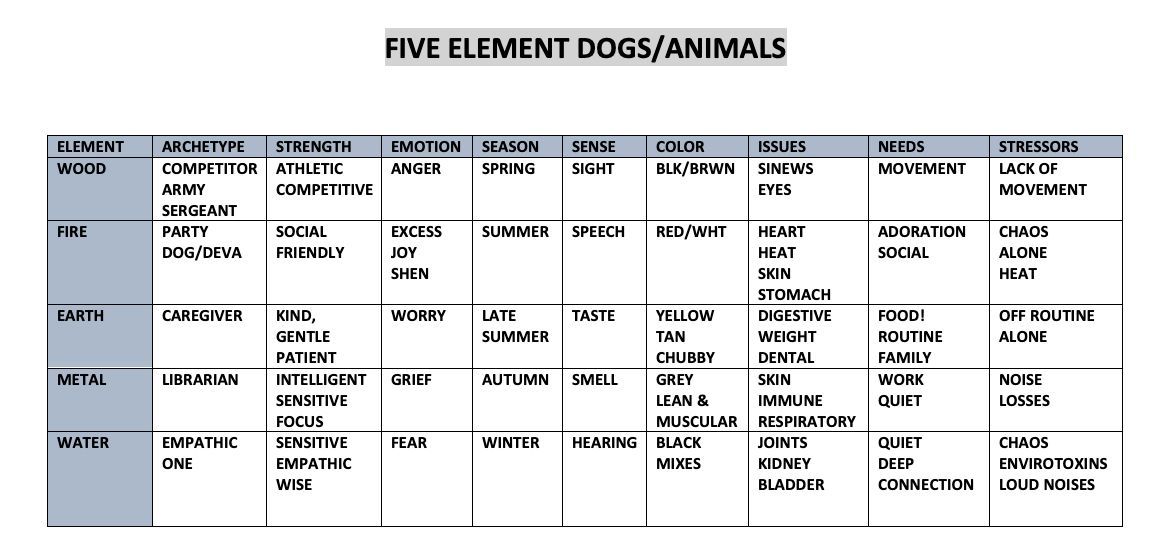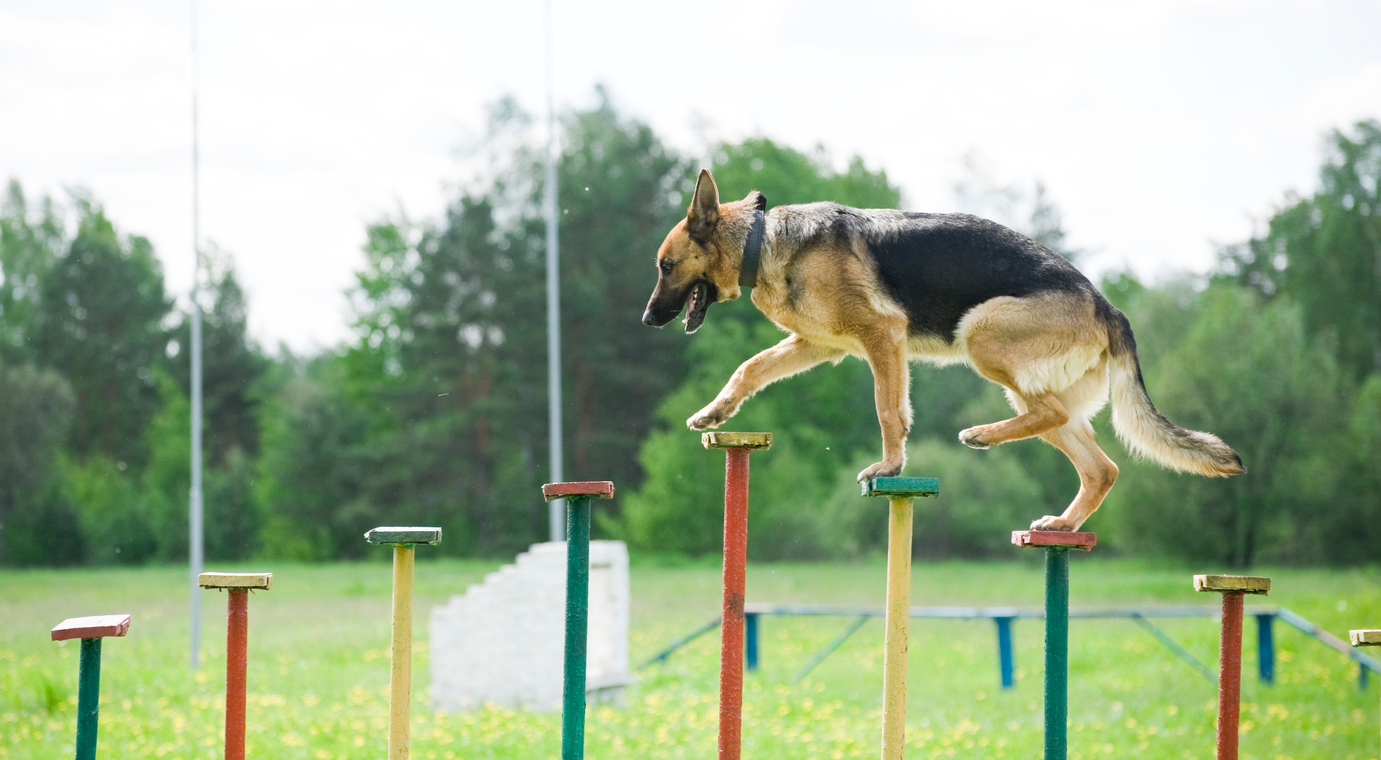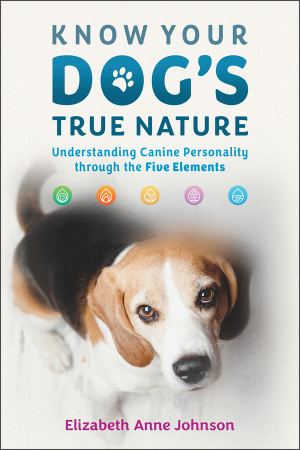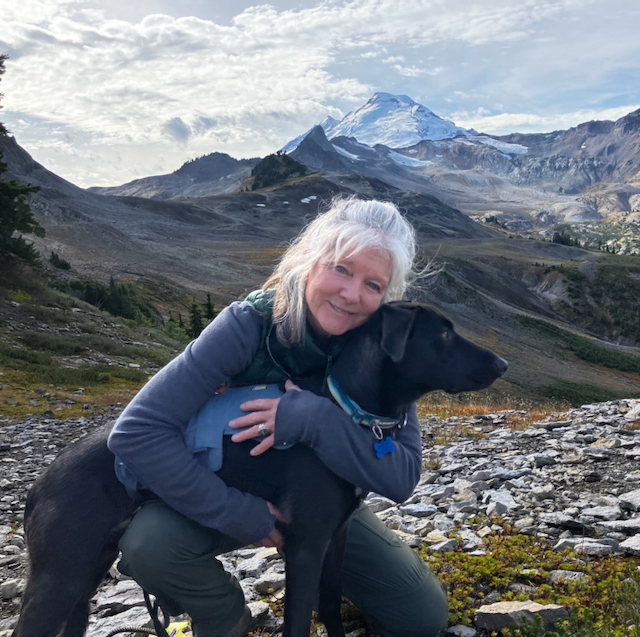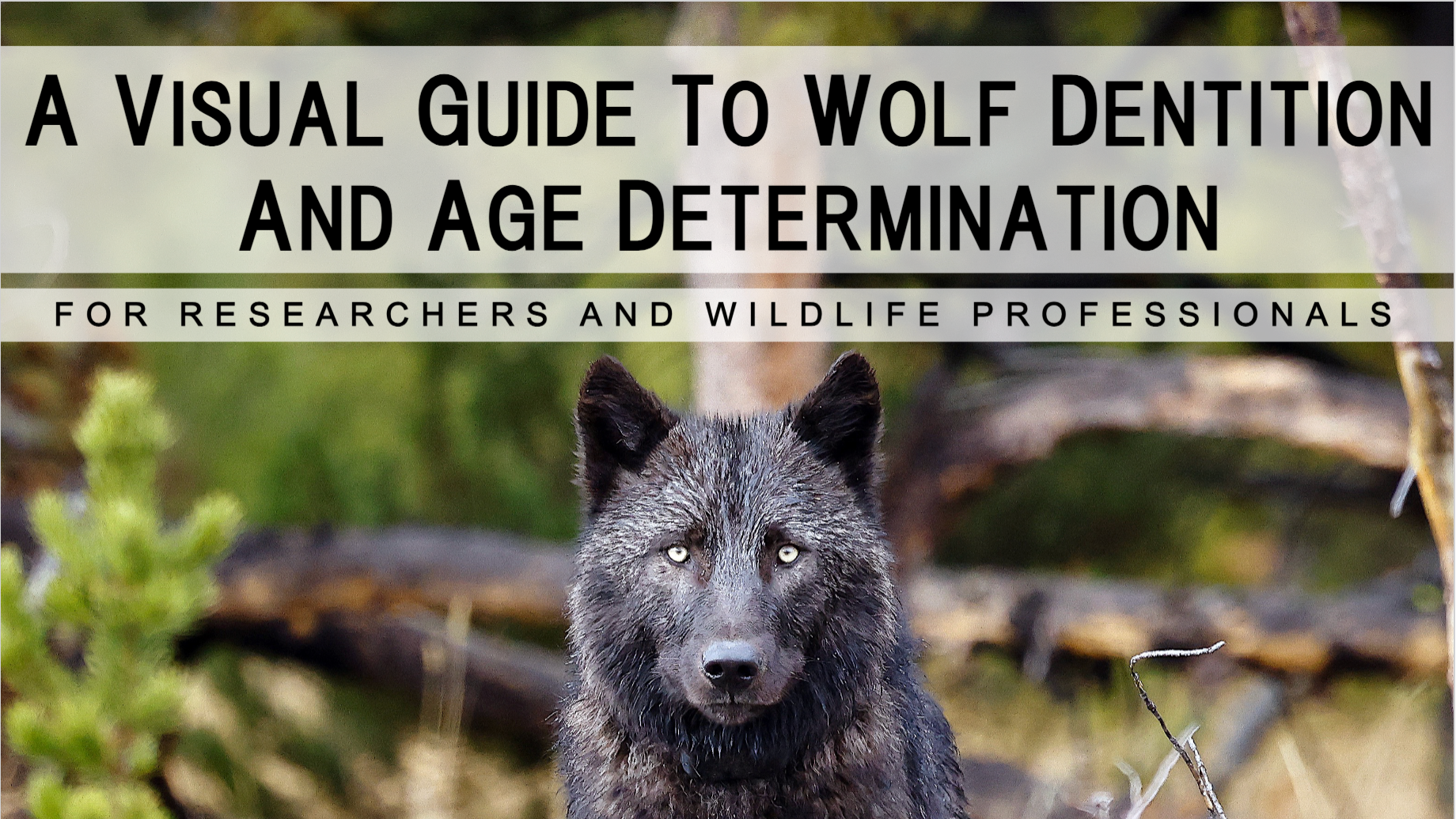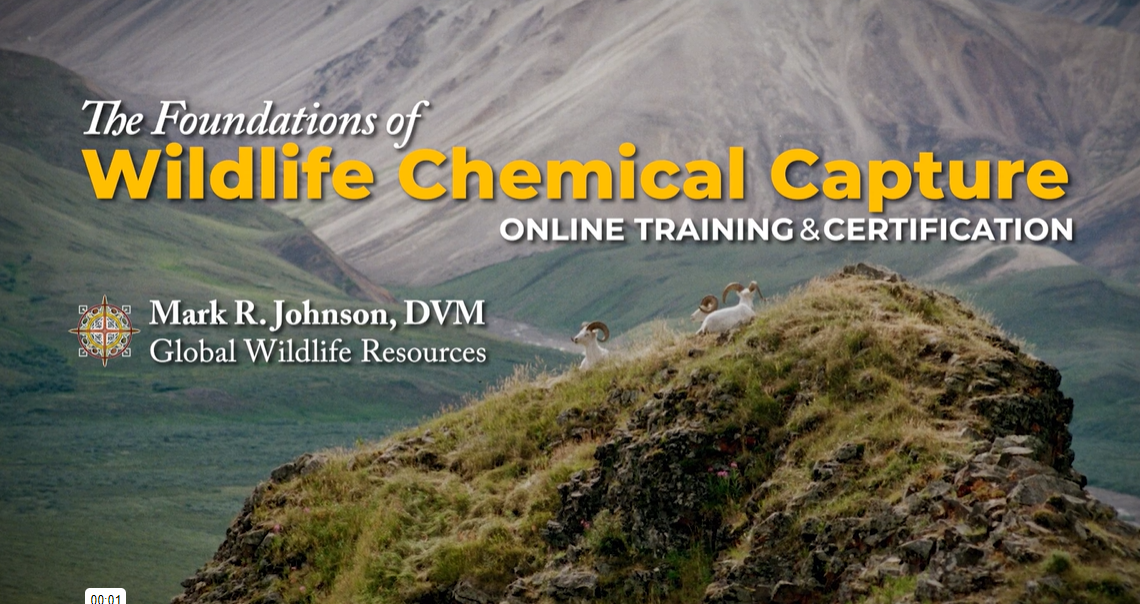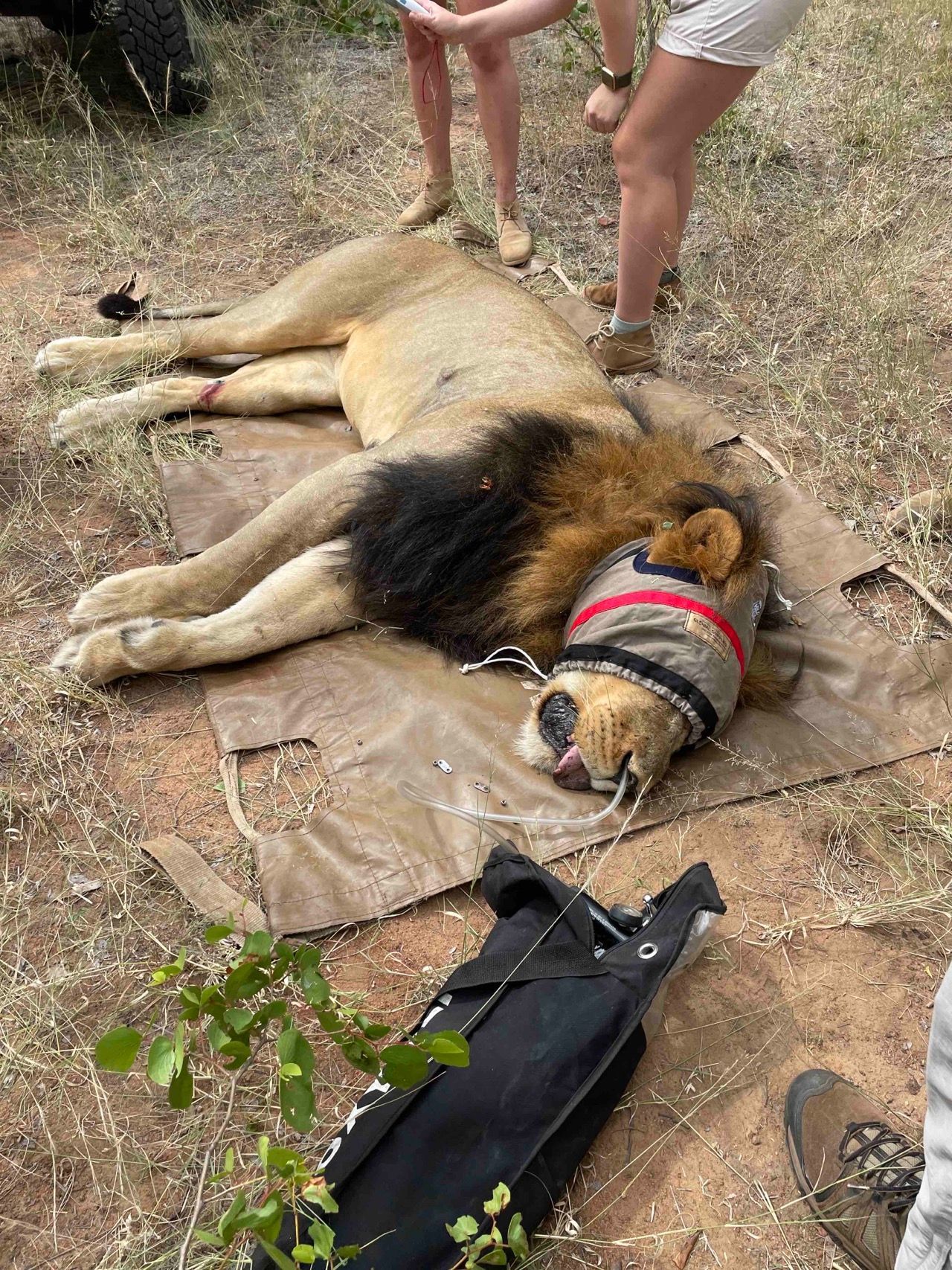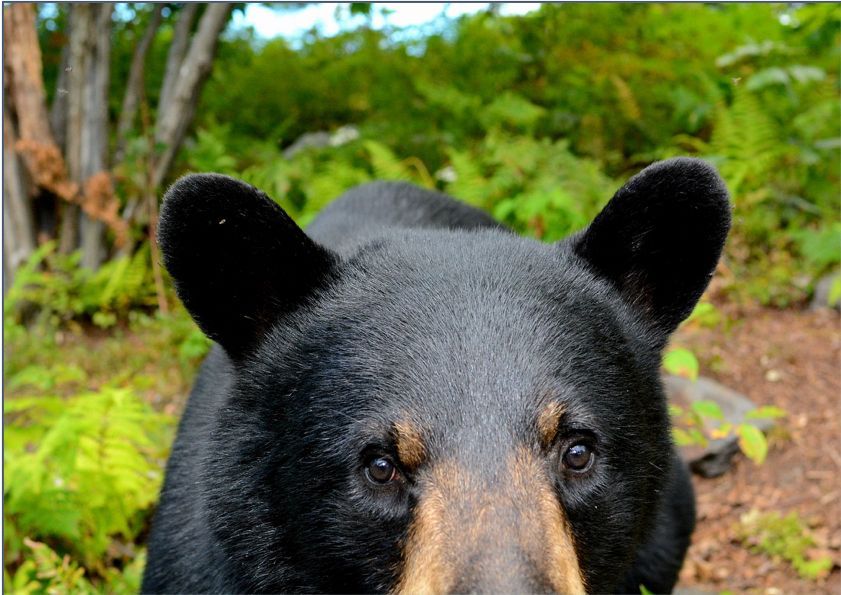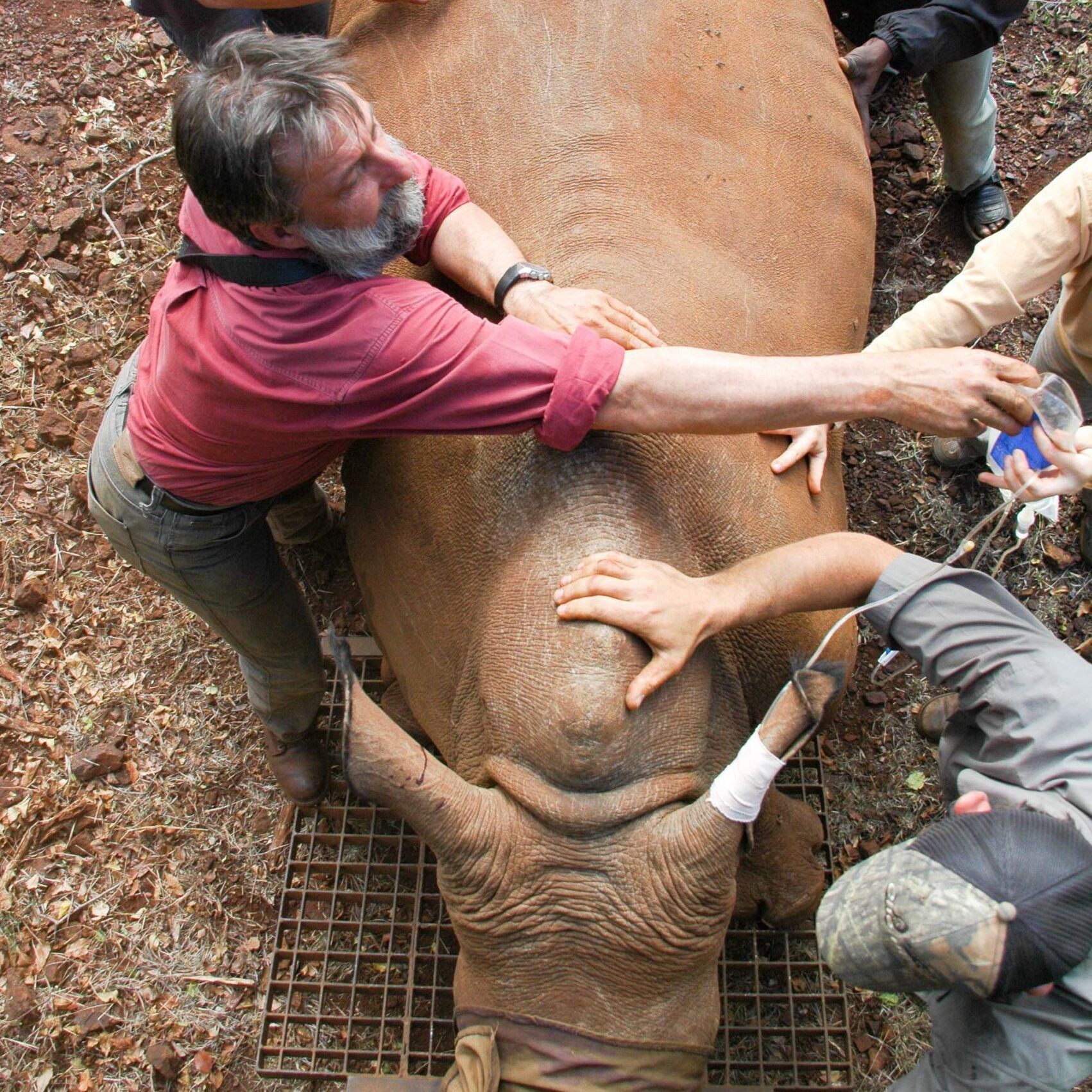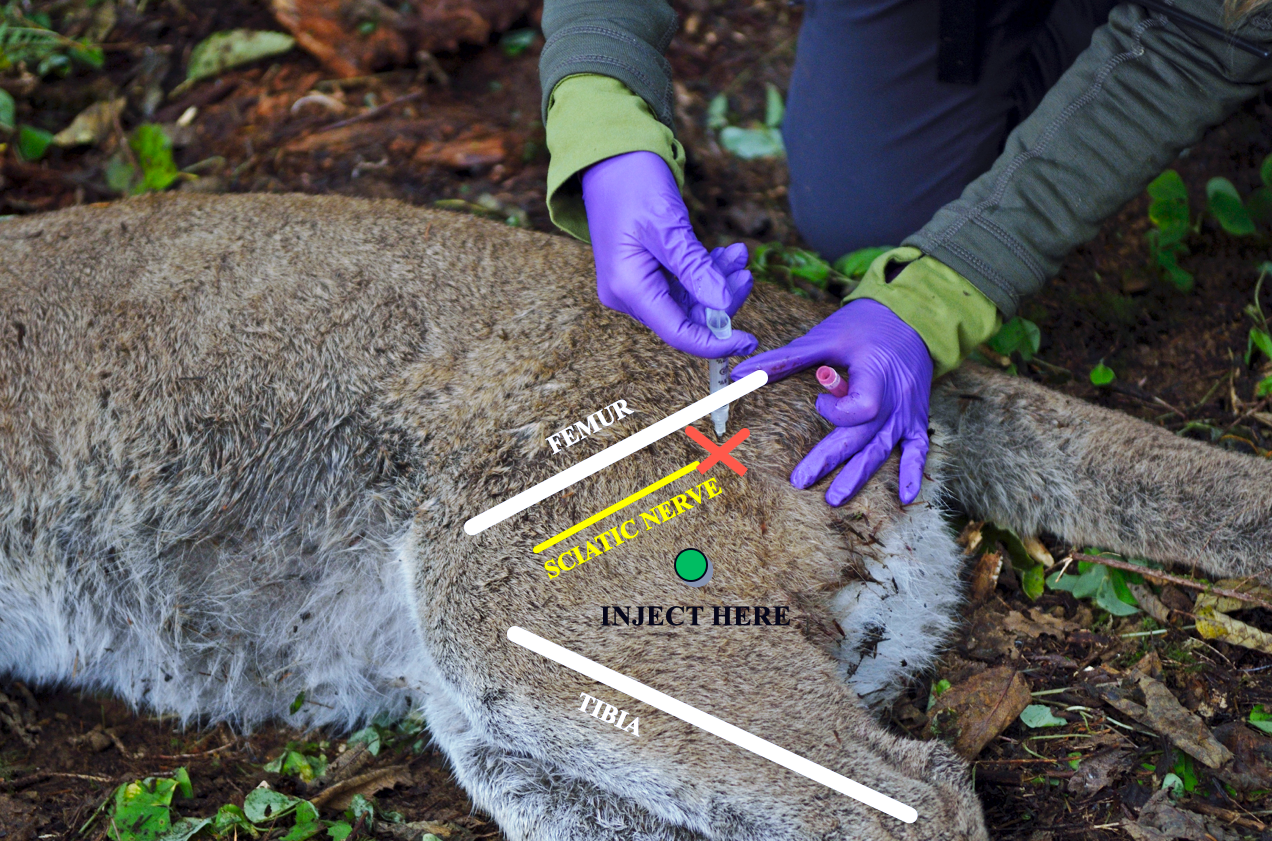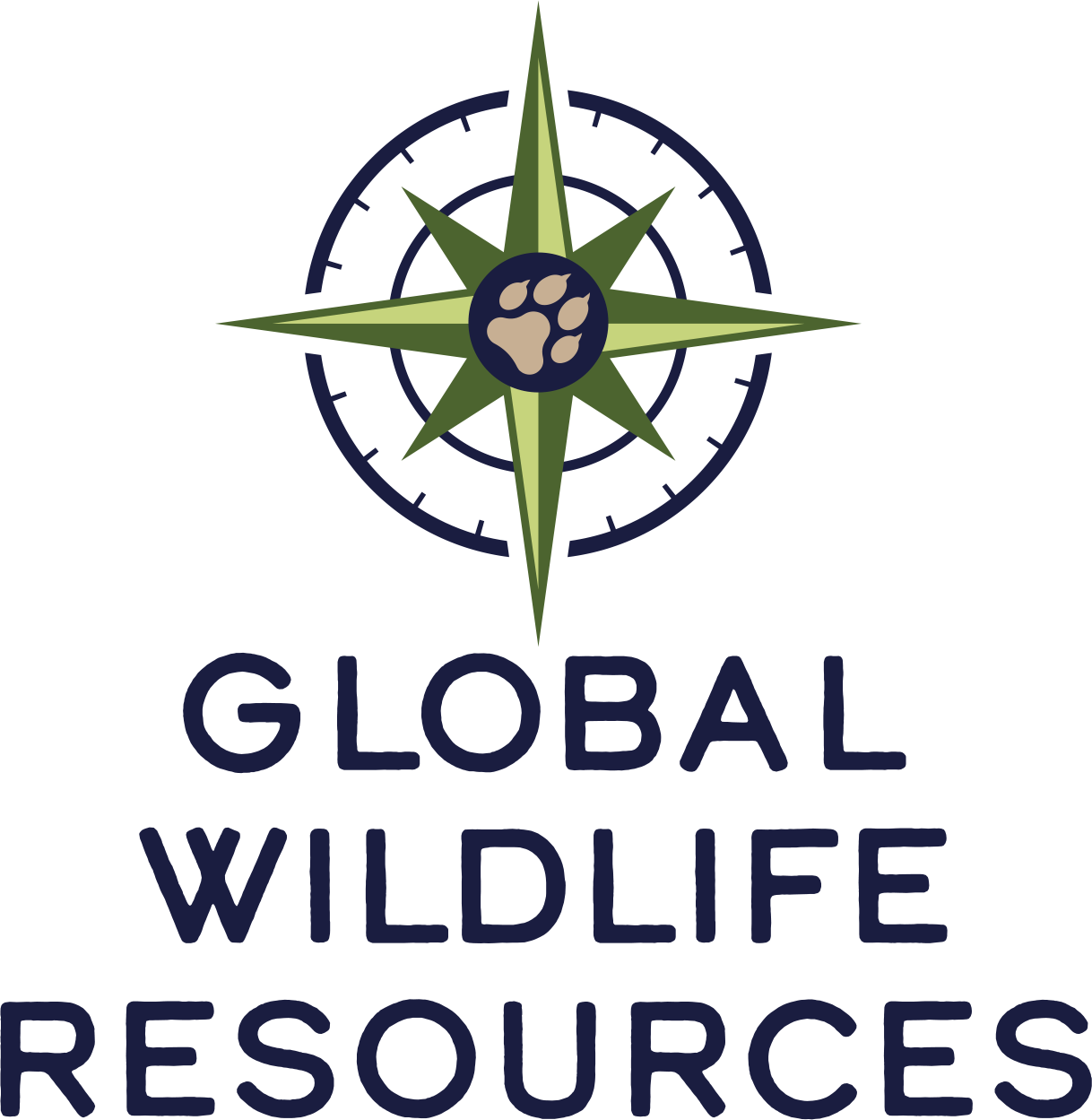"Dear Colleagues,
I'm proud to announce that my wife, Elizabeth, has published her first book! In this blog article, Elizabeth describes how the five Chinese elements can help us "know our dog's true nature". This is a fun way to better understand your dog and better know yourself and your colleagues! Both Elizabeth and I, with domestic animals and wildlife, teach others how to better understand the animals, how to better care for them, and what the animals can teach us. Have fun with this!" Dr. Mark
Excerpts from:
Know Your Dog’s True Nature – Understanding Canine Personality through the Five Elements (Inner Traditions/Findhorn Press)
A Dog’s Eye View
Do you ever wonder why your dog does what he does?
For centuries, we humans have tried to understand and deepen our relationships with our original best friends, Dogs. These creatures that eat, travel, protect, work, snuggle, wiggle, wag, and share life, home, and pure love with us still hold a sense of mystery. Today more than ever, with over 470 million dogs as pets in the world, there is still a heartfelt quest to simply understand our furry family members. We humans want to know: why do dogs do what they do?
Do you sometimes wish you had superhero “x-ray vision” to see into the deep recesses of your dog’s behavior and personality?
Learning the ancient art of the five element dog’s archetypal personalities IS like having “x-ray vision”. The five elements explain the five distinct elemental patterns of behaviors we may see in our dogs, other animals, other humans, and ourselves. This interspecies “x-ray vision” gifts us a clear understanding of these five personality types which can help us develop patience, empathy, and compassion within our dog/human relationships. It’s a fun and easy way to create harmony with our dogs and in our hearts, home, and even our life with others.
Do you truly know what your dog’s wants and needs are? Do you understand those quirky behaviors that pop up occasionally and never really change?
Maybe you see consistent wonderful traits like strength and leadership, a need to be social and adored, innate nurturing and kindness, a purposeful life, or deep, quiet wisdom. But you don’t know what these shiny gems mean in the big picture of your dog’s life.
And when they suddenly change behavior at any given moment and you see irritation, nervousness, obsessiveness, aloofness, or visceral fear… are you surprised, worried, or confused?
All these traits are part of the ever-shifting balance of the ancient Healing Art of the Five Element Theory of Traditional Chinese Medicine.
The Five Elements, Wood, Fire, Earth, Metal, and Water, are part of a nature-centered, ever-flowing, five-thousand-year-old modality of assessment and healing that ultimately strives for balance. Each element archetype can help us understand the “why’s?” of our dog’s behavior and help us navigate challenges within our relationships together. This works for human/human relationships as well.
In my 30+ year practice I’ve shared with thousands of clients the elemental personality aspects of their animals as I'm treating them. Many came back on the next visit with profound stories of now understanding who their husband was and why he does what he does, or who their co-worker is and how they can now relax around them knowing their pace, wants, and needs, and how they show their stress. Story after story led me to realize that dogs can help us see and feel things that no one else can and can act as our teachers and guides. They provide a great practice ground for our own learning of how to bring the Five Element Theory into our human experience.
Recognizing the five element personality archetypes within your dog creates a profound awareness and understanding of how these traits influence how our dogs, ourselves, colleagues, and family members deal with stress and daily life. We know stress can have tremendous effects on our health, well-being, and balance. And so it is with our dogs too.
When you experience life in this neutral space of five element observation, you are able to work with tricky situations with your dogs and others with a more open mind and heart. Thanks to the Elemental understanding of who or what you are dealing with, you can guide the situation instead of reacting to it. This helps your stress balance too!
As we learn about our dog’s element, we will see shades of these archetypes within ourselves and possibly other humans. While this book is written from a dog-centered perspective, it also includes human five element personality and behavior descriptions that closely echo each elemental dog description. First, we learn about our dogs, then to come full circle, we learn about ourselves.
It’s a gentle way to enter into “Who Am I?”
Ancient Minds and Methods
The five elements—Wood, Fire, Earth, Metal, and Water—are based on the universal, nature-centric premise of movement, change, and balance. In nature, as in life, nothing is static. There is ever-present creation, birth, growth, control, death, and rebirth. We see this broadly in the change of seasons, the wind, the mountains, the flow of rivers, wildlife, our own bodies and minds, and a whole galaxy of other ways. Traditional Chinese medicine’s Five Element theory is based on these everchanging dynamics and inter-relationships. As with nature, the Five Element theory has one persistent and ultimate goal—to create balance. Balance is always our main goal. We seek out the imbalance while striving to find and empower the balance.
My mantra has long been: Life is good, balance is better.
The overall Five Element theory is extracted from an ancient traditional system of seasonal “affiliations” or connections that are used to assess and treat animals and humans. To effectively assess personality, we look at the following traits: archetypes, emotions, wants, needs, stressors, balancers, and potential strengths and weaknesses for each element. This helps us see why and how each dog and human element responds to the world around them.
We humans and our animals have all the elements in our personalities. You may initially see several elements reflected in your dog or yourself. However, there will be one or two elements that clearly stand out. Once you identify your dog’s predominant element by observation of archetypal traits, finding their default emotions under stress, and numerous other clues, it will be easier to find your own primary element and create balance within your relationship.
Learning your own five element personality is often a profoundly honest experience. It paves the way for blending and weaving your dog’s element personality, wants and needs, with YOUR element personality, wants and needs. These perspectives will help you understand how both you and your dog deal with change, relationship dynamics, and even aging.
The Five Element Theory is a natural guidance system for finding harmony and balance. Just by observation and simple ancient wisdom we can learn to understand the dynamics of animals, ourselves, and others, and create the best version of ourselves and our dogs.

